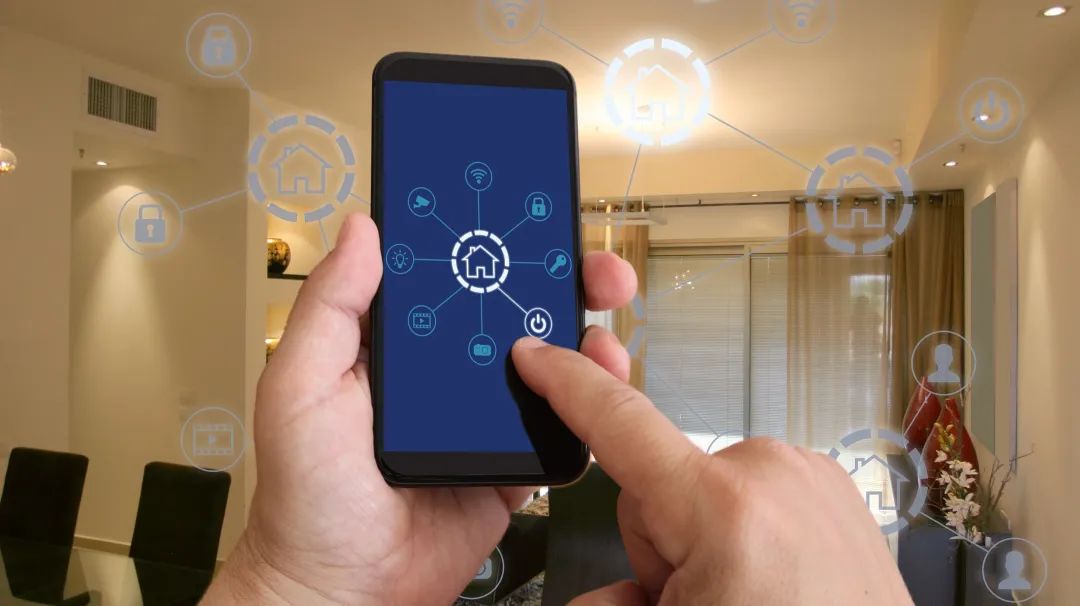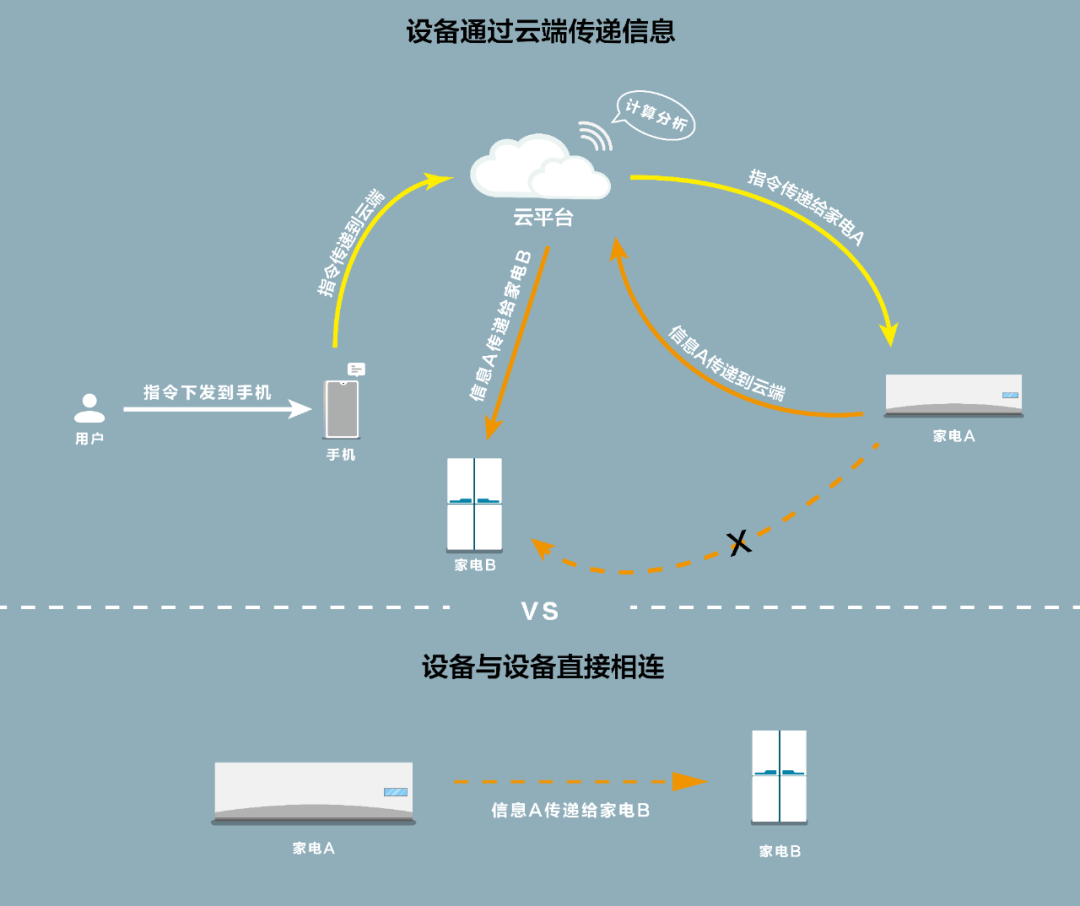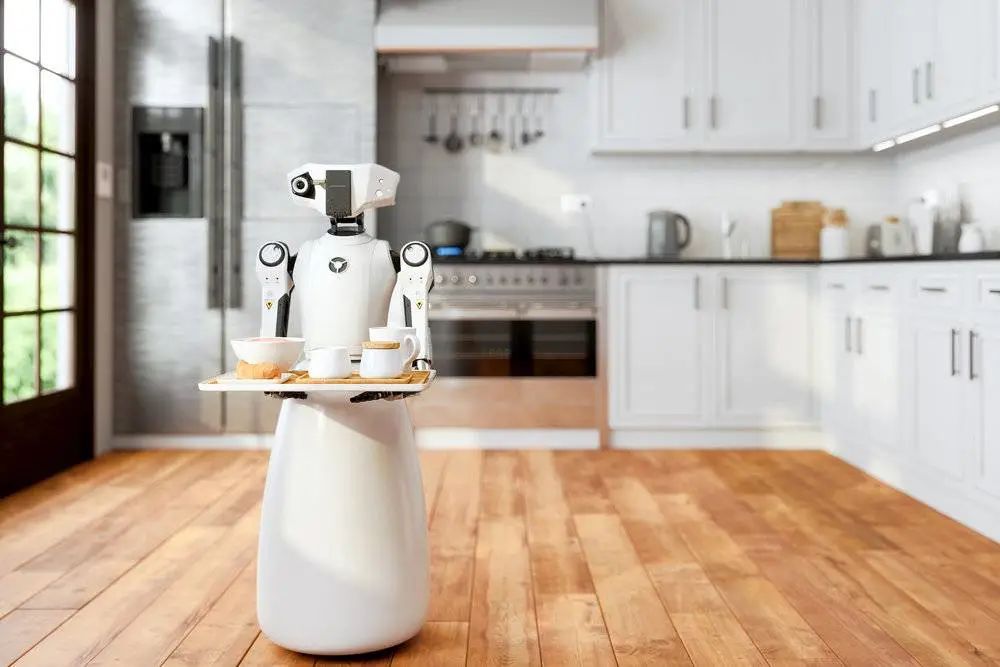
70 years ago, American sci-fi genius Ray Bradbury depicted a future home in his novel “The Coming of the Rain”: the front door has a voice lock, the fireplace starts automatically based on temperature, beds warm up at night, meals are produced by machines, unused furniture is automatically stored, music plays at will, and books are read aloud automatically. This might be the embryonic form of the Internet of Things (IoT).
Looking at it now, the once fantastical imagination seems within reach. Smart products have entered the lives of ordinary people; however, the IoT still remains more noise than substance. With the commercial rollout of 5G and the rapid development of AI technology, the “ammunition” needed for the IoT is ready. Why hasn’t the IoT surged yet?
The reason lies in the fact that the smart devices we currently encounter are still far from forming a true IoT ecosystem. Specifically:
1. Fragmented Ecosystem
Manufacturers’ understanding of smart homes still revolves around control, constantly competing for entry points. There is too much consideration for commercial interests and too little for user demands, creating a centralized ecosystem focused on entry points and establishing closed interests. According to the Global System for Mobile Communications Association (GSMA), the number of IoT devices worldwide reached 12.6 billion last year and could approach 25 billion by 2025. Almost every idea spawns a hardware device, and each hardware requires a separate app, resulting in fragmented apps that operate independently.
2. Devices Lack Deep Intelligence and Cannot Make Autonomous Decisions.
Devices rely on human control and cloud decision-making. The so-called “intelligence” merely transmits human intent to cloud servers, where humans still need to manage everything. This is fundamentally not the logic of smart homes, which raises the learning and usage costs for users while turning many devices into “execution machines” for humans and the cloud.
The true form of IoT devices is that each device serves as an entry point for specific scenarios, enabling interconnectivity and independent decision-making among devices.
Midea is evolving its devices in this direction based on its self-developed IoT operating system, OpenHarmony.
The IoT Operating System is the Soul of Smart Homes
The Midea IoT operating system is the first distributed IoT operating system in the smart home industry developed based on OpenHarmony 2.0, aiming to provide new solutions for issues such as interconnectivity among multiple brands, autonomous collaboration between devices, cloud integration, and AI interaction empowerment.
The birth of this open-source operating system means that devices from any brand can achieve interconnectivity without the need for third-party entry points or intermediaries, allowing for true open interconnectivity and providing users with richer value-added services and better cross-scenario experiences. This is specifically reflected as follows:
Direct Connection Between Devices, Shared Capabilities
Traditional intelligence involves humans transmitting information via entry devices to the cloud, where it is analyzed and then sent back to devices. This requires cloud mediation for device-to-device “communication,” causing delays in inter-device interactions.
When devices are equipped with the same IoT operating system, direct connections can be established, allowing for faster device interactions. At the same time, smart appliances can undertake lightweight edge computing tasks, reducing the load on the cloud platform and enhancing inter-device interaction effectiveness.
This is the operational logic of Midea’s system. The Midea IoT operating system allows devices to autonomously establish connections through a soft bus (a virtual communication channel between devices). Additionally, the operating system defines a common communication language between devices through “end-side object models,” enabling all devices to “understand” each other and achieve shared capabilities.

Comparison of Two Modes of Device Information Transmission
For example, a hygrometer in the living room can detect humidity and temperature, while air conditioners and humidifiers in the bedroom can share this data, activating automatically to ensure a comfortable home environment. Each device leverages its strengths to achieve capability sharing without needing to compensate for shortcomings, breaking the limitations of physical space.
Moreover, the IoT operating system can also enhance the stability of device collaboration. Even if the router goes offline, devices can still collaborate and transmit information locally. Additionally, appliances can automatically connect to each other, allowing one appliance to configure the network for another, reducing the need for human intervention.
Devices Make Autonomous Decisions, Actively Provide Services
True smart homes realize the intelligence of devices, making appliances akin to “computers”. By integrating AI self-learning capabilities within the IoT operating system, appliances can learn user habits and form autonomous decision-making models, proactively serving users.
This is similar to how today, when we open a news app, we do not need to actively search for news; rather, the app actively recommends news based on our preferences. Smart homes should also provide this type of proactive service, where devices can autonomously complete sensing, decision-making, and execution processes.
True Ecological Cooperation Involves Information Sharing and Independent Decision-Making
Like the IoT, the essence of the Internet is also connection; however, as platforms develop to extremes, they generate more closure and monopoly, where so-called ecological partners have hierarchies, information can be shared, but decision-making power must reside with the platform.
Midea believes that such cooperation is not true ecological cooperation. True ecological cooperation involves devices sharing information while retaining decision-making authority, rather than being controlled. Midea sends information to devices from other manufacturers, which can decide how to act and what services to provide to users. This is akin to how each department in a company should have initiative rather than waiting for the CEO to command; all departments should collaborate, share information, and make their own decisions and executions, leveraging their capabilities to operate the system collectively.
The Midea IoT operating system can provide developers and partners with a more convenient development environment and a stronger application ecosystem, similar to the Android system, where business logic needs to be implemented only once, and all underlying scheduling is handled by the system.
For example, the health reminders and monitoring services embedded in Midea’s body fat scale can be developed in collaboration with any manufacturer, and more application services can continually be added. In the future, users who purchase a device equipped with the Midea IoT operating system can upgrade it, downloading new appliance applications (similar to downloading software on Android) to enjoy increasingly rich services, maximizing product value.
The Second Half of Smart Homes: Platforms and End Devices Return to the Essence of User Service
Looking back at the development process of smart homes, we can see that platforms and end devices have always been in a race, with platform manufacturers hoping to control smart computing and decision-making capabilities, while terminal manufacturers seek to break free from the “control” of other platforms by establishing their own platforms.
However, this is a paradox; the purpose of a platform should be to enable terminals to better serve users, rather than competing for market share. What users want is not for these platforms to control a bunch of appliances via apps, but for appliances to actively provide service value.

Midea has sent a clear message through the release of its IoT operating system: all terminal devices can possess independent decision-making and execution capabilities, enabling functional services and delivering user value.
When devices have a unified operating system, all products can connect directly, reducing user dependence on platforms. Users will no longer care whether a product can be controlled by a specific platform; manufacturers will not be able to bind consumers through platforms. Once the factors influencing purchases related to platforms are eliminated, smart homes will revert to the devices themselves. Those with better functionalities, stronger autonomous and collaborative intelligence, and superior computational analysis abilities are more likely to be chosen by users.
In the competitive landscape, the ones who excel in hardware manufacturing capabilities and possess strong big data analysis skills will find it easier to come out on top in the second half of the smart home battle.
From Midea’s historical perspective, over 50 years of experience in appliance manufacturing and hundreds of billions in R&D investments have laid the foundation for building its IoT ecosystem.
This year, Midea officially joined the OpenAtom Open Source Foundation as a gold donor and became a Class A donor to the OpenHarmony project group. As a pioneer in the open-source ecosystem, Midea will collaborate deeply with the OpenAtom Open Source Foundation in smart homes, healthcare, buildings, and industrial fields, jointly promoting the upgrade and iteration of Midea’s IoT operating system and accelerating the development of open-source systems into a fast lane.
Building a Tower from the Ground Up
According to IDC reports, the market shipment volume of smart home devices in China will continue to grow at a compound annual growth rate of 21.4% over the next five years, approaching 540 million units by 2025. The Chinese smart home industry is making significant strides forward, with leading 5G deployments, the commercial rollout of Wi-Fi 6, mature infrastructure, and a reshaping of products and industrial chains. The Chinese smart home industry is poised for a comprehensive explosion.
Comparing the smart home ecosystem to a skyscraper, the Midea IoT operating system is the foundation, with ecosystem manufacturers continuously “building” on this foundation. Developers’ applications illuminate the “building” and bring in a crowd, allowing the “building” to deliver real service value.
Building a tower from the ground up, with dragons and tigers coexisting on the high peaks.
Midea is the builder of the “foundation,” while every manufacturer is a builder of the “building.” Although the construction process may be tumultuous, as F. Scott Fitzgerald wrote in “The Great Gatsby”: “When a person has struggled for a long time and sees their dream so close, they will not easily give up.”
Maciej Kranz stated in “The IoT Era”: “When we no longer discuss the IoT as a unique phenomenon but simply integrate it into our daily business and life, just as we currently treat the Internet, e-commerce, and other technologies, we can be sure that the IoT has succeeded.”
This day will inevitably come.
As 2021 comes to a close, builders are confidently and enthusiastically welcoming the new year.
Special Planning